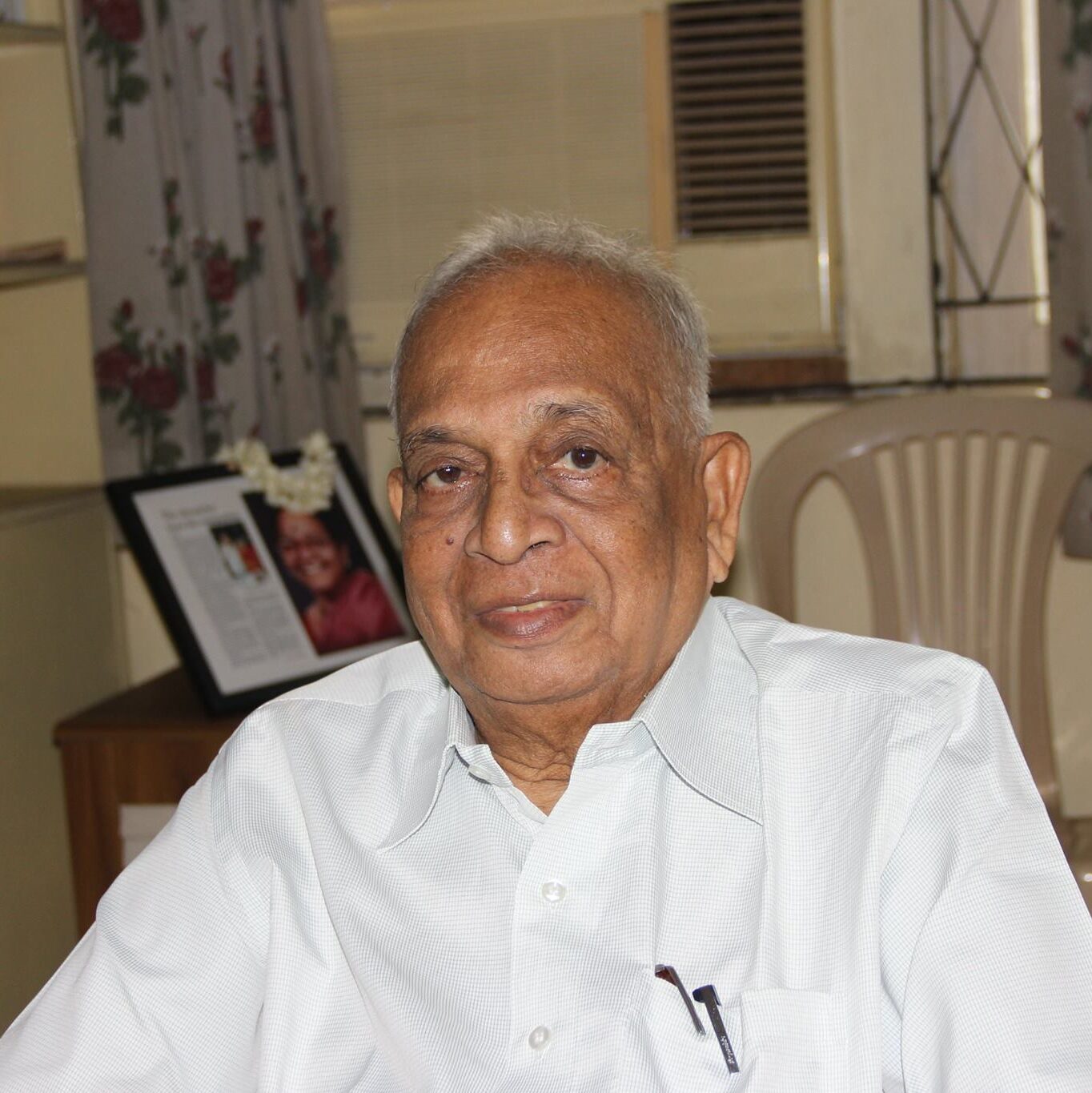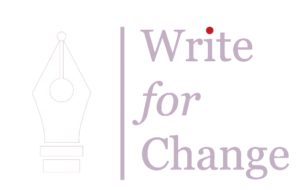“Charity needs to be more broad-based.”
Shri S. Muthiah tells Marie Banu about his childhood, writings, and much more.

Subbiah Muthiah, writer, journalist, cartographer, amateur historian and heritage activist, is known for his writings on the history of Chennai.
He is the founder of the fortnightly Madras Musings, one of the principal coordinators of the annual Madras Day celebrations, and helped found the Madras Book Club.
Muthiah is a regular columnist for The Hindu, writing on Madras past and present
It 2002, Muthiah was awarded the MBE by the Queen of England for his work on heritage and environmental conservation.
In an exclusive interview, Shri Muthiah tells Marie Banu about his childhood, writings, and much more.
About your childhood and education?
I lived half my life in Ceylon. Those were the days when ethnicity was not an issue, all of us were Ceylonese.
I went to St. Thomas’ Preparatory School started by an Englishman, W.T. Keble. I was there from third standard to the sixth. Keble has been the single most important influence in my life. He encouraged us to read, write, and take an interest in all that was going on around us. By the time I was 8 years old, I was reading, writing and hooked on history as Keble told it. I learnt my Ceylon history from the stories Keble related, not from text books. It made me a storyteller and a chronicler, not a historian.
I then did my Senior Cambridge at Montfort, Yercaud, and Inter at Lawrence in Murree in pre-partition Punjab (now in Pakistan). When I was 16 I left for the US, did a degree in Engineering, learnt nothing. But 40 percent of the subjects were Humanities. That was great! With those credits, I switched to International Affairs, did my BA and MA, thinking that I would join the Foreign Service. I had left both countries before they were independent, but on return to Colombo in 1951 faced a citizenship problem.
Can you share your experience working with The Times of Ceylon?
With the Foreign Service out of reach, I joined The Times of Ceylon, having in the US been involved with campus journalism and ‘stringing’ for the local daily as Campus Correspondent. I was the first Asian to be elected to Pi Delta Epsilon, the American honour society for campus journalism. I was with the Times till 1968. I was the first graduate to join the paper. Those days, the Senior Cambridge and London Matriculation standards were much higher than today’s Indian BA’s. My boss had only done his Senior Cambridge, his boss only his Inter. They were far more aware about what was happening in the world than me, were more widely read and wrote better, although I had three degrees to my name, I learnt a lot from them!
I started as Foreign News Editor, became Features Editor, then Editor of the Sunday Times, The Times Annual and the Group’s magazine publications. I developed a wide range of interests – from politics and international affairs to women’s fashion, the arts and sport. I wrote a sports column for 15 years as well as various political columns.
I also ‘stringed’ for leading British newspapers – the News Chronicle, Daily Mail, and The Sunday Observer and its Foreign News Service – and The Mail, Madras. As well as for three international feature services.
From working for a newspaper in Ceylon to writing History of Madras. Can you share your journey?
In 1968 I had to make a decision – India or Ceylon. I was due to become Editor of The Times, but it was insisted I be a citizen. By that time that was out of the question. For Indian citizenship I had better qualifications – so there I was, coming to Madras. There was an opening at TTK’s, who had just set up a printing and publishing unit for maps, atlases and tourist guides. While in Ceylon, I had done a lot of work for their Tourism Department. And doing The Times Annual and magazines, I would go down to the press to see them printed the way I wanted. I got interested in printing.
While at MAPS, my first output was a map and guide to Madras. I did not know about Madras history then, though I knew where the Chepauk Stadium, the cinema theatres and the Racecourse were. For that first production, I read whatever I could on Madras. I discovered that many people who went on to fame, fortune, and notoriety began their lives here — Robert Clive, Warren Hastings, Thomas Pitt, Elihu Yale. This got me interested, not in Madras, but these people.
I joined MAPs for editorial work, but the German in-charge (it was an Indo-German company) left after three months. I was asked to take over and run it. And there I stayed till 1990. Then I became head of Corporate Communications at TTK’s till 2010.
Your first book and your passion for writing?
Around 1972, Abraham Eraly, a History Lecturer at MCC, and who became a well-known author later, was feeling bored with teaching. He decided to moonlight producing house magazines. He printed these journals at MAPS. One day I told him that I had helped with a magazine in Ceylon which looked at Colombo only. He picked up the idea and decided to bring out a magazine on Madras, Aside, the first city magazine in India. It was an excellent magazine and I began to write for it on the historical aspects of Madras and on sport.
When my wife was cleaning house one Saraswati Pooja, she asked me to clear the piles of notes on Madras I had accumulated or do something with them. It was then that I wrote Madras Discovered. The first edition was 160 pages, it is more than three times bigger today.
At the time, N S Ramaswami, very knowledgeable about History, was with the Indian Express. He was asked by Parry & Co to write its history. He began researching on it, but in a few months he passed away. Parry’s then asked me to complete the work. Once the book came out, it was much appreciated. The rest, now 35 books later, is history!
From Madras to Chennai – your views on the change?
Madras to Chennai has not been a major change. It is still pretty much a conservative city. There is a story I narrate tell anybody who asks me the question. One day at a party, there came this statuesque girl who was striking looking, wore a figure-hugging dress with the skirt four inches above the knee, and was well made up. Everybody thought she was a film star. Later in the party, I was discussing Madras heritage with a man whom I vaguely knew. When this girl came towards us and spoke in absolute Brahminical Tamil, I was floored! He introduced me to her as his wife. About a month later, at a wedding. I saw a tall girl in a nine-yard saree wearing flowers and jewellery. Up closer, I found it was the same girl. To me, that is Madras! You can switch from a past to modern and modern to past without losing anything of your own identity. We still draw kolams and we have more temples, churches, and mosques probably than any other city in India. We are a conservative city, but comfortable with the modern.
About charities and the mindsets of Madrasis?
A good deal of support today is given only to the religious. But more needs to be done for education, healthcare, the aged and the poor. I would like more support for heritage in all its forms and the environment. Organisations do help here and there, but it’s not enough. 25 companies support Madras Musings, which is welcome. But so many other causes are crying for greater help. Charity needs to be more broad-based, and seen not as charity but as social responsibility. CSR may change the outlook at one level, but how about individuals who could help?
Total words: 1326

